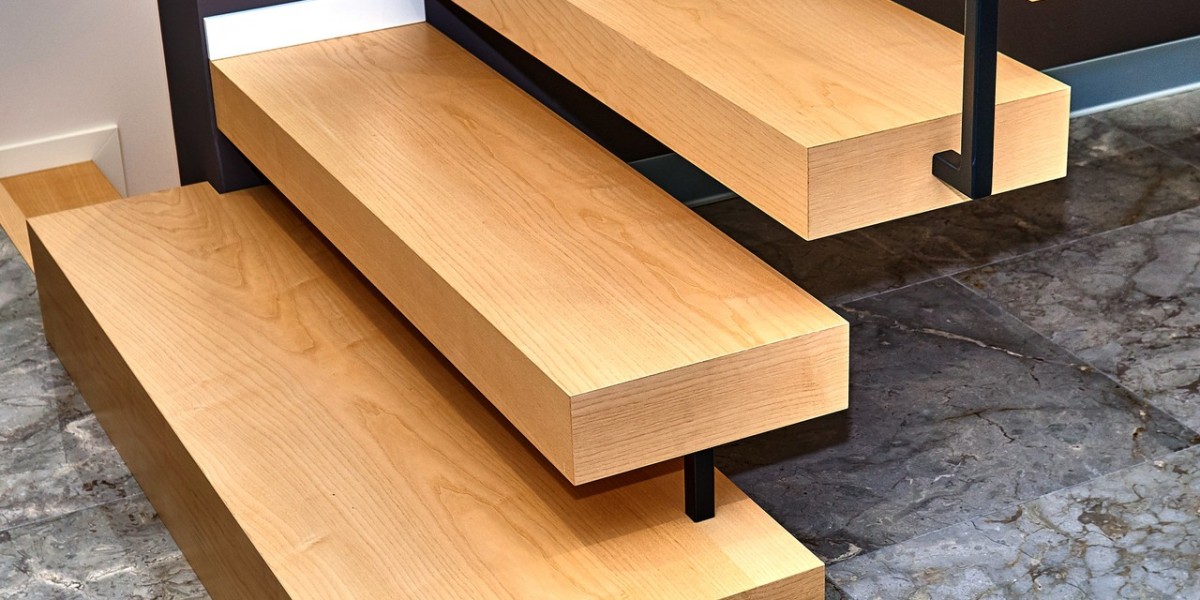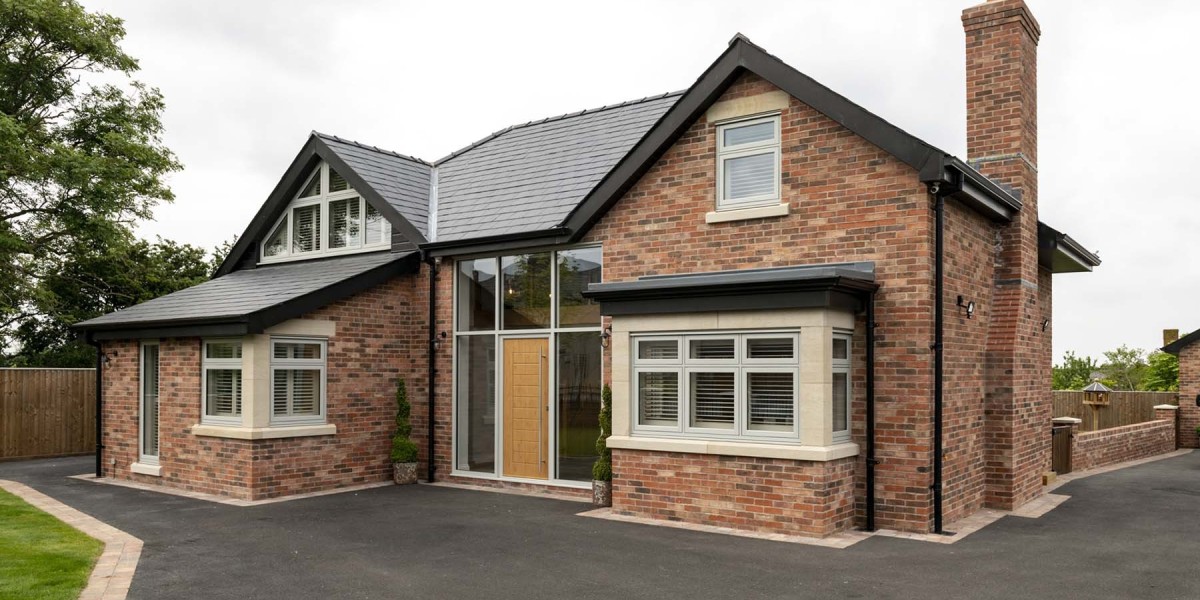In residential and commercial construction, stairs get usage day after day. In populous places like schools, hospitals, malls, and office complexes, Stair Treads undergo heavy usage that can lead to massive wear and tears in the long run. Care and selection of the right materials such that stair treads are safe, long-lasting, and presentable must be thoroughly studied.
Why Durability of Stair Treads Is Important?
Long-lasting, high-traffic area stair treads have several advantages:
- Safety: Damaged or worn treads cause slips and falls. Robust material minimizes the risk.
- Cost-Efficiency: Spending on good-quality material initially avoids expensive repairs and replacements down the line.
- Aesthetics: Well-maintained, intact stair treads impart a clean look to a facility.
- Compliance: Building codes and workplace standards sometimes require certain tread conditions to protect users.
Choosing Durable Material for Stair Treads
The choice of material is the key to tread durability. The following is a description of some of the finest materials for heavy-duty application:
Rubber Stair Treads
- Benefits: Shock-absorbing, slip-resistant, sound-reducing, and easy to maintain.
- Uses: Ideal for schools, hospitals, gyms, and office buildings.
- Durability Tip: Install heavy-duty vulcanized rubber, which adds extra wear and chemical protection.
Metal Stair Treads
- Materials: Aluminum, steel, or cast iron.
- Benefits: Very durable, weatherproof, and long-lived.
- Use: Industrial structures, loading docks, and exterior staircases.
Concrete Stair Treads
- Benefits: Very durable, fire-resistant, and suitable for fixed installation.
- Use: Car parks, sports stadiums, and public transport buildings.
- Durability Tip: Seal the concrete faces to make them resistant to moisture, stains, and cracking. Incorporate non-slip strips or mats for safety.
Vinyl and PVC Stair Treads
- Pros: Cost-effective, water-resistant, and available in a wide range of styles.
- Uses: Commercial environments with medium-to-heavy usage.
- Tip for Durability: Use commercial-grade vinyl and have it professionally installed to prevent curling or lifting.
Wood with Protective Coating
- Pros: Cosmetic warmth and medium durability.
- Uses: Hotels, upscale offices, and residential buildings.
- Durability Tip: Employ hardwoods such as oak or maple and finish with anti-slip varnish or include nosing for long-lasting performance.
Design Features Affect Durability
Apart from material choice, certain design features can make a big impact on the durability of Stair Tread Covers in high-usage areas.
Built-in Nosing
Nosing covers the edge of every step—the weakest point. Use materials with built-in or additionally applied nosing to minimize edge wear on tread surfaces.
Tip: Order metal or rubber nosing for added grip and edge protection.
Textured Surfaces
A smooth surface is pleasing aesthetically but wears out faster and becomes slippery. Ribbed or textured surfaces provide more grip and minimize noticeable wear.
Tip: Choose treads with built-in texture or use non-slip tape or coatings.
Modular Tread Systems
Interlocking or modular stair tread systems enable straightforward replacement of only the affected portions, keeping long-term repair expenses to a minimum.
Tip: Install modular systems in facilities with constant usage, such as airports or shopping malls.
Shields to Extend Lifespan
Prolong the lifespan of the stair treads by integrating other protective measures. These accessories protect against the surface and construction of stair treads:
Stair Tread Covers
These are overlying systems typically fabricated of fiberglass, rubber, or metal that cover and shield current treads against wear.
Tip: Mount anti-slip stair covers with contrasting colors to meet accessibility requirements.
Non-Slip Tapes and Tread Strips
These are self-adhesive accessories that give grip while safeguarding the underlying material.
Mats and Runners
Rubber or carpet runners installed on staircases in high-traffic interiors can save treads and dampen noise.
Protective Sealants and Coatings
Apply polyurethane coatings, anti-slip paint, or epoxy sealers to protect stair treads from abrasion, chemicals, and water.
Tip: Renew coatings according to manufacturer instructions so they continue to be effective.
Regular Maintenance for Long-Term Performance
Even the highest quality stair treads need to be well taken care of to be durable and safe. Here is how:
Regular Cleaning
- Rubber and Vinyl Treads: Use neutral cleaners and avoid using strong chemicals.
- Metal Treads: Sweep regularly and clean with corrosion-preventive solutions.
- Concrete: Power washers or commercial degreasers if needed.
Inspection Schedules
Schedule an inspection:
- Loose or curling edges
- Cracks or chips
- Worn-out nosing
- Loss of anti-slip texture
On-Site Repairs
Fix any damage as soon as it occurs. Delayed repairs not only decrease safety but may increase wear and lead to more extensive structural damage.
Seasonal Maintenance
- For outside stair treads, seasonally adjust maintenance as follows:
- Winter: Use devices only in moderation; do not use products that break down rubber or metal.
- Rainy Seasons: Provide adequate drainage to prevent puddling on stair surfaces.


